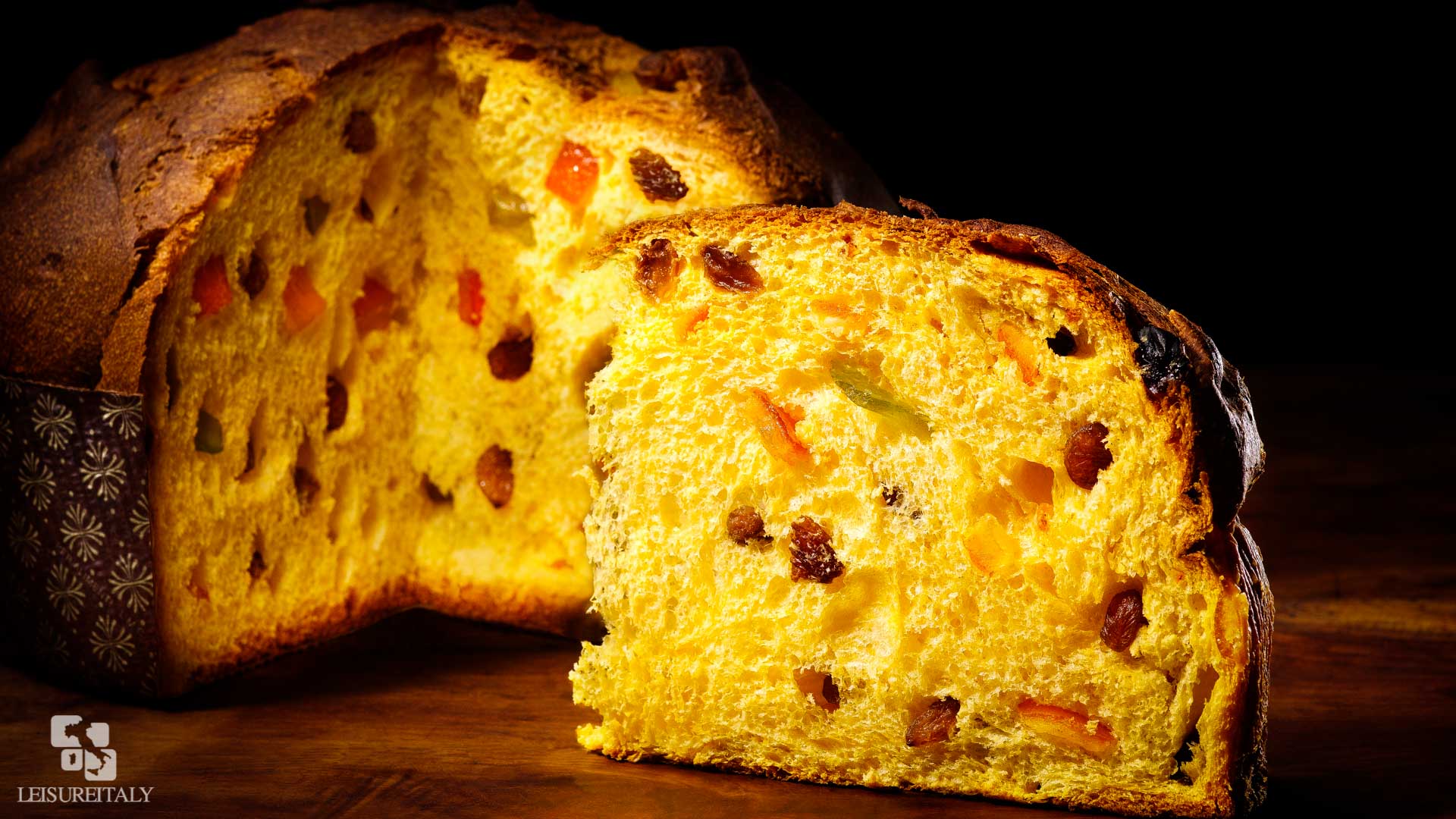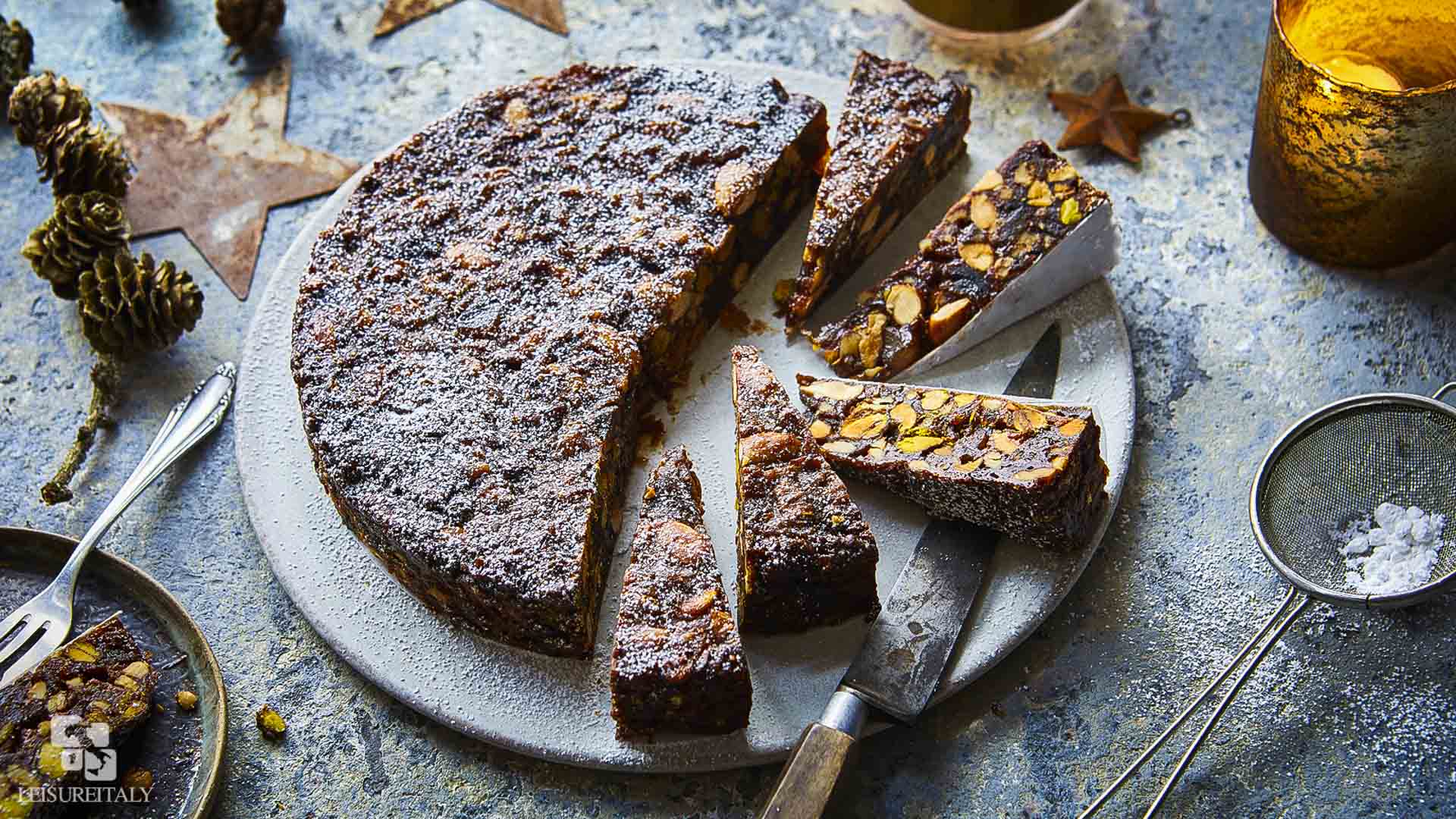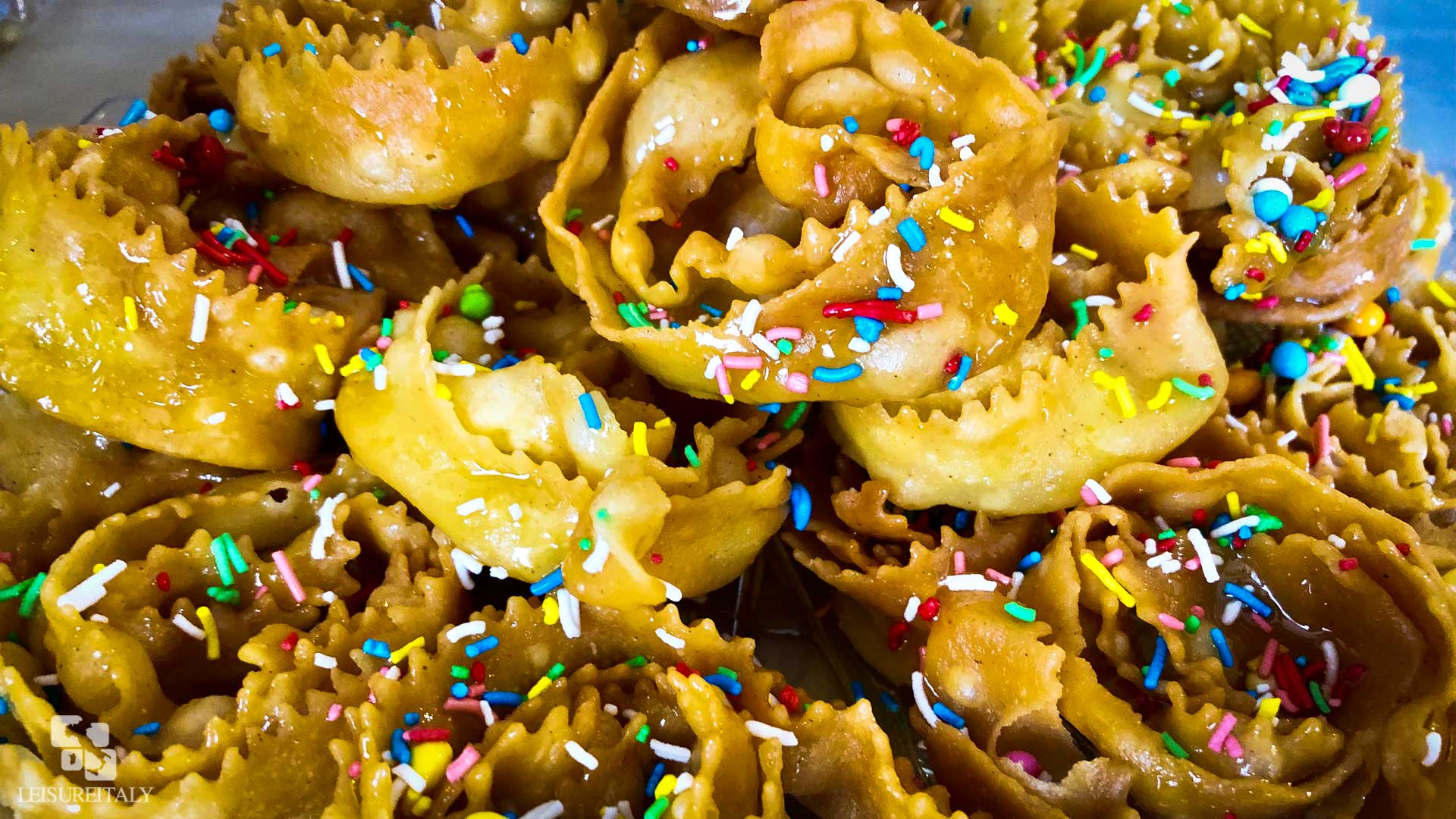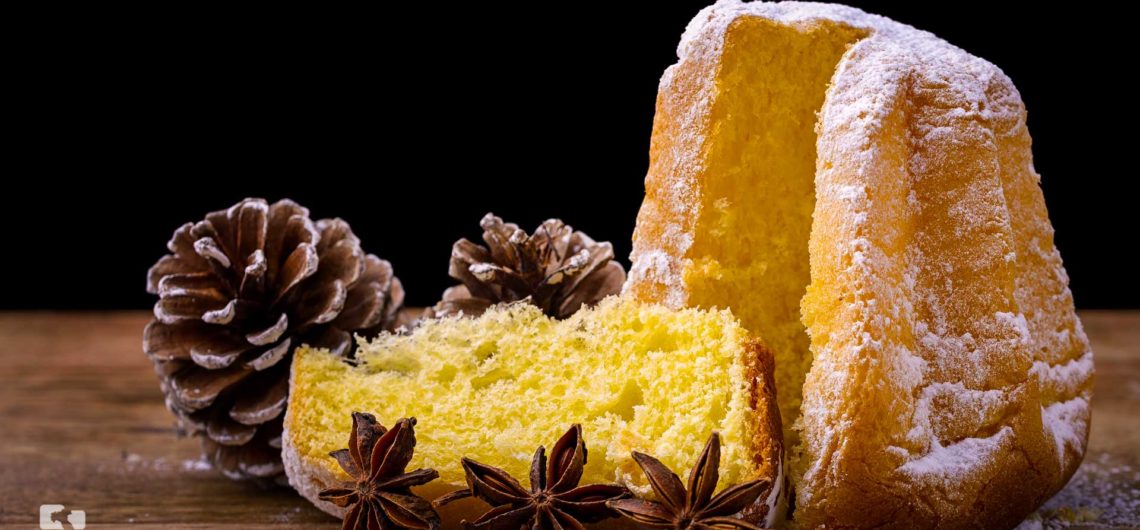For those on a diet, you know, the Christmas season is the worst of all: dinners, lunches, happy hours, work parties…it is truly impossible not to fall off the wagon!!!
The good food is indeed at the centre of this period of the year: not only gifts, lights, and decorations, but also traditional recipes, pastries, and cakes typical of each region. Our desserts, in particular, are delicious, tasty, assorted, numerous and irresistible. And from North to South it is possible to taste any kind of dessert, from flavoured biscuits to cakes filled with creams or fruit!
But how to cope with such a rich and remarkable offer?!
Let’s create a virtual geographical map of the country to place the various Italian typical Christmas pastries, divided by regions to discover what kind of delicacies Italians eat during this holiday season!
NORTH
VALLE D’AOSTA: in Valle d’Aosta the festivities have the ancient and authentic flavour of Micooula, delicious rye and chestnut-based bread, typical of the Camporcher Valley. The original medieval recipe has been enriched for centuries with several new delicious ingredients.
PIEMONTE: typical of the Christmas period is the “tronchetto” (log) of Christmas, which originates in Piedmont. This incredible triumph of flavours, chocolate, cream, brandy, and chestnuts, was born from the ancient tradition of burning a log in the fireplace on Christmas night, a small auspicious gesture for the new year.
LOMBARDIA: the sweet symbol par excellence of Italian Typical Christmas Pastries is the Panettone, the pride of Milan gastronomy, this dessert is a sweet bread leavened several times and seasoned with raisins and candied fruit.

TRENTINO: Zelten is prepared in Trentino Alto Adige. It’s a fruity and richly spiced bread whose name comes from the German “zelten”, that is to say “sometimes”, which highlights the frequency of the preparation of the dessert, limited to the Christmas period.
FRIULI: the Gubana is the typical Friulian sweet pastry roll, stuffed with dried fruit, raisins, amaretti and flavoured with grappa. It has a snail shape and a color reminiscent of a porcini mushroom. Until recently this unique cake was made exclusively at home and only on special occasions, given the richness of the ingredients. Today, however, you can eat gubana at any time of the year, but Christmas is always the best one.
VENETO: Pandoro is a Christmas cake that, along with the Milanese panettone, is now found on almost all Italian tables, becoming a very popular product throughout the nation. It is often served with mascarpone cream and its homeland is the land of lovers: Verona!
LIGURIA: the pandolce, a kind of sweet leavened focaccia is typical of Liguria. Extremely substantial, the Ligurian pandolce incorporates candied fruit, sultanas, candied pumpkin, pistachios, and pine nuts.
EMILIA ROMAGNA: Emilia Romagna is famous during the holiday season for its baked or fried Christmas tortellini, a typical dessert of the Reggio Emilia tradition, which derives even from the Renaissance cuisine. It’s characterized by the perfect balance between the sour and the sweet. The filling is very special: almonds, sugar, dried chestnuts, cocoa, coffee mixed together … Each family adds a different ingredient to it, depending on availability.
CENTRE
TOSCANA: Panforte is a famous Tuscan dessert covered with almonds and stuffed with oranges and candied cedars. It’s a masterpiece typical of the city of Siena but its fame has crossed regional boundaries for decades.

UMBRIA: the Panpepato in Umbria is a singular and very personal Christmas cake, perhaps the most eccentric for its complexity of aromas: sweet and at the same time bitter, even spicy. The pride of the Umbrian gastronomy is a bread stuffed with dried fruit, chocolate, and ground black pepper.
LAZIO: another pandolce whose origin is lost in the mists of time is the Pangiallo, a typical Lazio dessert. Named after the colour of the icing, it adds saffron and ricotta to the typical ingredients of Christmas sweets.
MARCHE: Frustingo, fristingo, frostengo, pistingo, bostrengo: the sweet from the Marche region changes its name, depending on the area. Born as a poor dish for the Christmas period (to recycle the stale bread) it always includes walnuts, almonds, dried figs, stale bread, candied fruit, sultanas and cooked must!
SOUTH
ABRUZZO: the Parrozzo, a traditional cake from Abruzzo was created by the genius of an Abruzzese pastry chef who was inspired by homemade bread. Unlike other Christmas desserts it’s mostly made with potato starch and covered with dark chocolate.
MOLISE: the Calciuni are sweet pancakes typical of the Molise tradition, flavoured with chestnuts and almonds and covered with icing sugar. A real goodness, made with typically winter ingredients and perfect for Christmas!
CAMPANIA: forerunners of the national street food, sold in the street already in the ‘700, the struffoli are typical of Campania and are very small fragrant balls enriched with honey and coloured sprinkles that make them immediately recognizable.

BASILICATA: in Basilicata, Christmas smells of chestnuts, cocoa, honey, and cinnamon and has the soft and fragrant consistency of Pastatelle, the traditional sweets that enliven the delicious Lucan festivities.
PUGLIA: in Puglia the Cartellate desserts perfume the houses of anise, cooked must, and cinnamon, in a blaze of aromas to stun the senses. According to tradition, the very thin dough must be rolled to resemble the bands of the Infant Jesus, which has become a sweet representation of the overwhelming local gastronomy.

CALABRIA: glory of Calabrian gastronomy, the Fichi Chini are inevitably the protagonists of the Christmas holidays. The recipe calls for the dried figs to be filled with almonds, walnuts, chocolate, candied fruit and stacked four by four to form a cross, the religious symbol of Christmas.
SICILIA: the Buccellati in Sicily are donuts in the official version (or a little smaller in a popular variant that turns them into “cucciddatini”). The ingredients are endless and include aromas such as lemon, orange, cinnamon, and vanilla together with dried figs, almonds, walnuts, hazelnuts, and pistachios.
SARDEGNA: li Niuleddi is a Christmas cake typical of the Sardinian tradition and which, as often happens, takes different names from country to country. These are small pralines of pasta, dried fruit, and orange peel held together by the main ingredient of Sardinian sweets, honey.
Now you just have to roll up your sleeves and get ready to taste all the Italian Typical Christmas Pastries. Are you ready? Let’s get started!
Bon Appetite and let the holiday season begin!

Comments